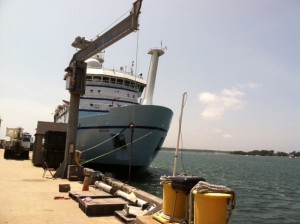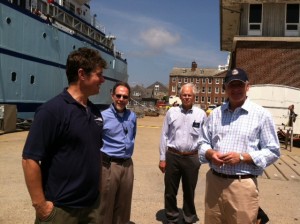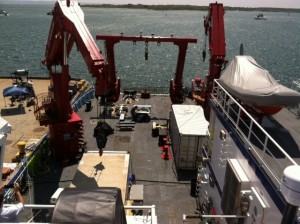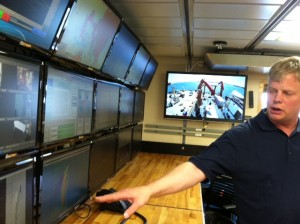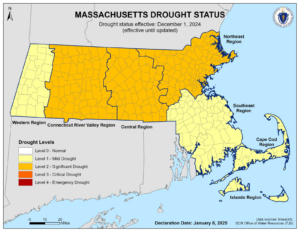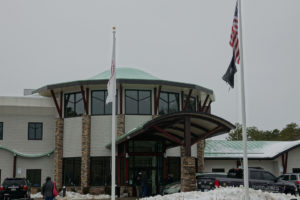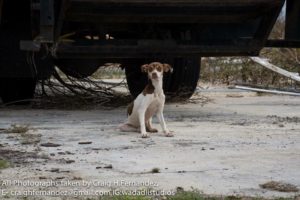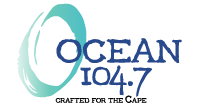WOODS HOLE – Woods Hole has a special visitor this week. The 261-foot research vessel Sikuliaq is the National Science Foundation’s newest ice cutting global research vessel.
The $140 million ship was funded by the American Recovery and Reinvestment Act.
Michael Castellini, dean of the School of Fisheries and Ocean Sciences at the University of Alaska at Fairbanks explained what is special about the ship.
“The thing that’s probably most fascinating to me is that it’s not just another ship. It would be pretty exciting if it was just another ship. The fact that it can work in the ice and it has human implications immediately is a new deal for us,” he said.
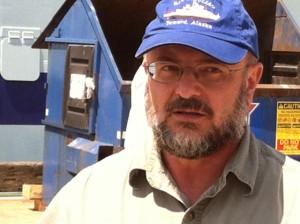
Michael Castellini, dean of the University of Alaska Fairbanks School of Fisheries and Ocean Sciences speaks about the nation’s newest research vessel, the Sikuliaq.
The 261-foot boat will conduct research in the Arctic to study marine life, the oceans, the atmosphere and the global climate.
It is part of the US academic research fleet and will be used by scientists in the US and international oceanographic communities through the University-National Oceanographic Laboratory System.
Scientists on board called it “a floating laboratory.” It has equipment to enable researchers to collect water samples throughout the water column and sediment samples from the sea floor.
It can host remotely operated vehicles, deploy specialized instruments using a flexible suite of winches to raise and lower the advanced scientific equipment and conduct seafloor mapping surveys using an extensive collection of scientific sonar systems.
Castellini explained that the name, Sikuliaq, “is an Inupiaq Eskimo name that means first year sea ice that is safe enough for man to walk on, which is literally the type of ice that we can work on. It is the only vessel in the entire US fleet of research vessels that is ice capable.”
The vessel is the first ice cutting ship specifically designated for ocean research.
Matthew Hawkins, who oversaw the design and construction of the ship, said, “The Sikuliaq is a general purpose oceanographic research vessel that’s designed for ice capable research in the Arctic. It can break through about one meter of first year Arctic sea ice but it’s also a general purpose ship as well so it’s got everything oceanographers need to do oceanographic research.”
This ship will embark soon on ocean trials to ensure all of its systems are operating properly before going on its first research mission to the Arctic.
Scientists who work on the boat say it will help them to advance polar and sub-polar research.
The inaugural research mission for the ship, explained chief scientist Amy Baco-Taylor, is a study of how long deep sea corals take to recover from trawling damage. The crew will explore nine sites, three that were never trawled, three where trawling stopped in 1977 and three that are still trawled.
While equipped with state of the art science tools, the boat is also designed to have the lowest possible environmental impact, including a low underwater noise level.
It will accommodate up to 24 scientists and students at one time. The home port will be the University of Alaska at Fairbanks Seward Marine Center in Seward, Alaska.




